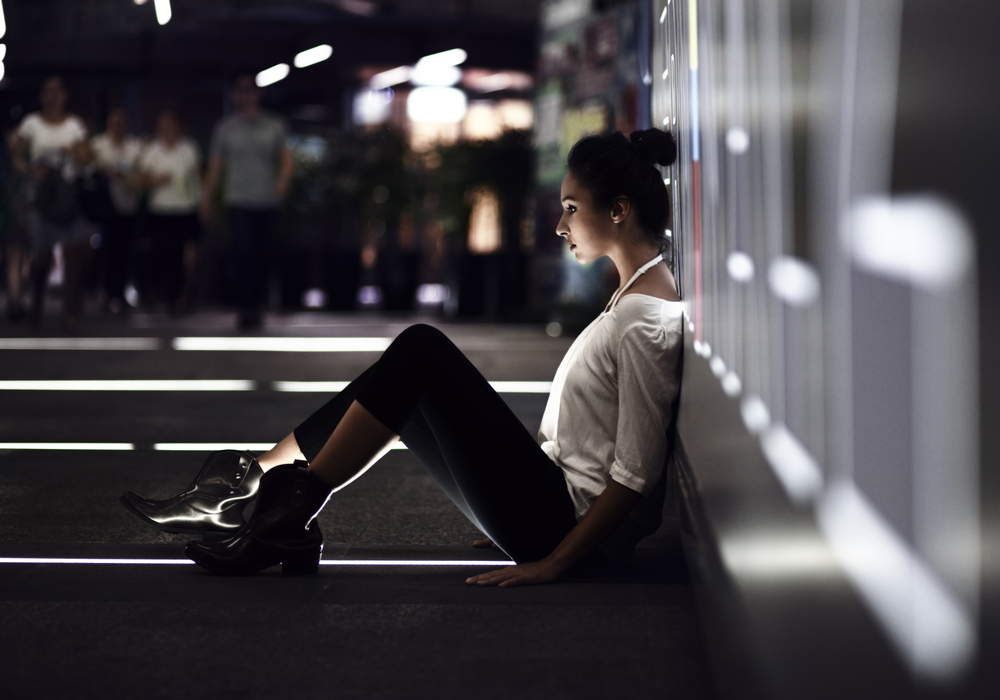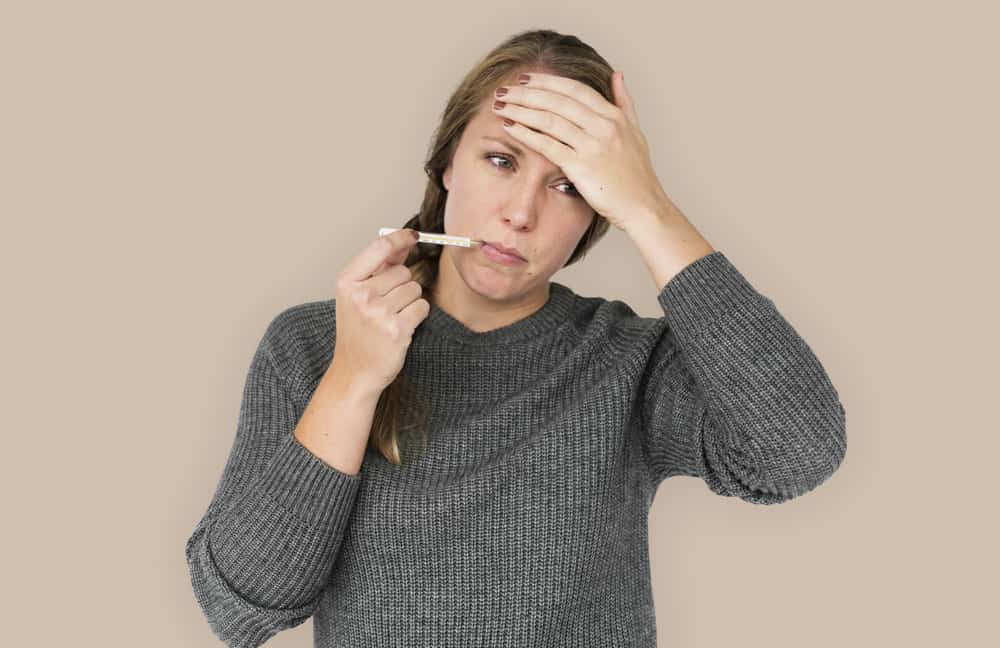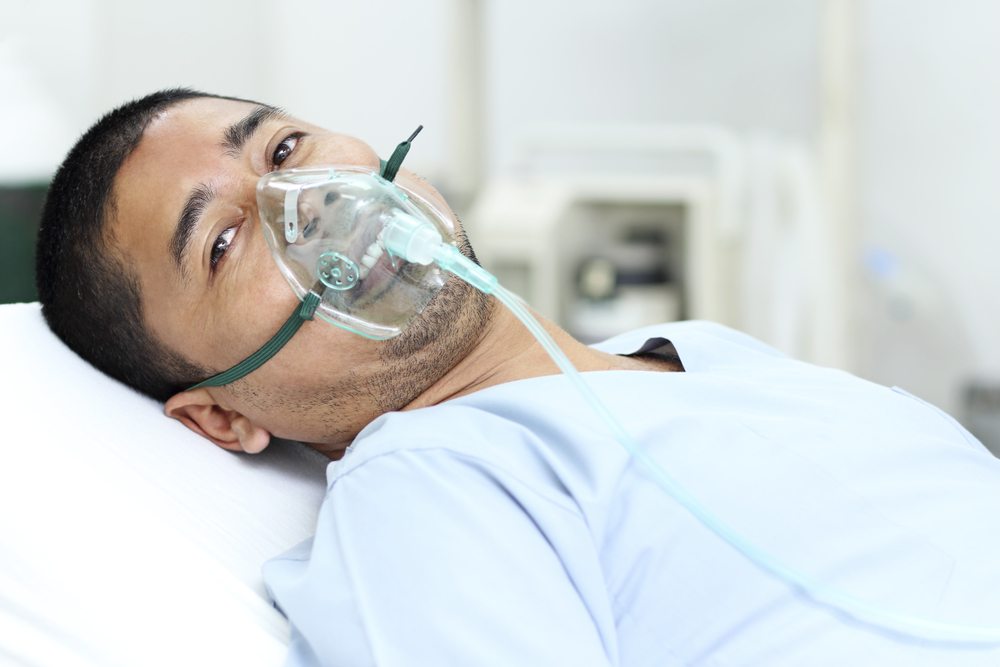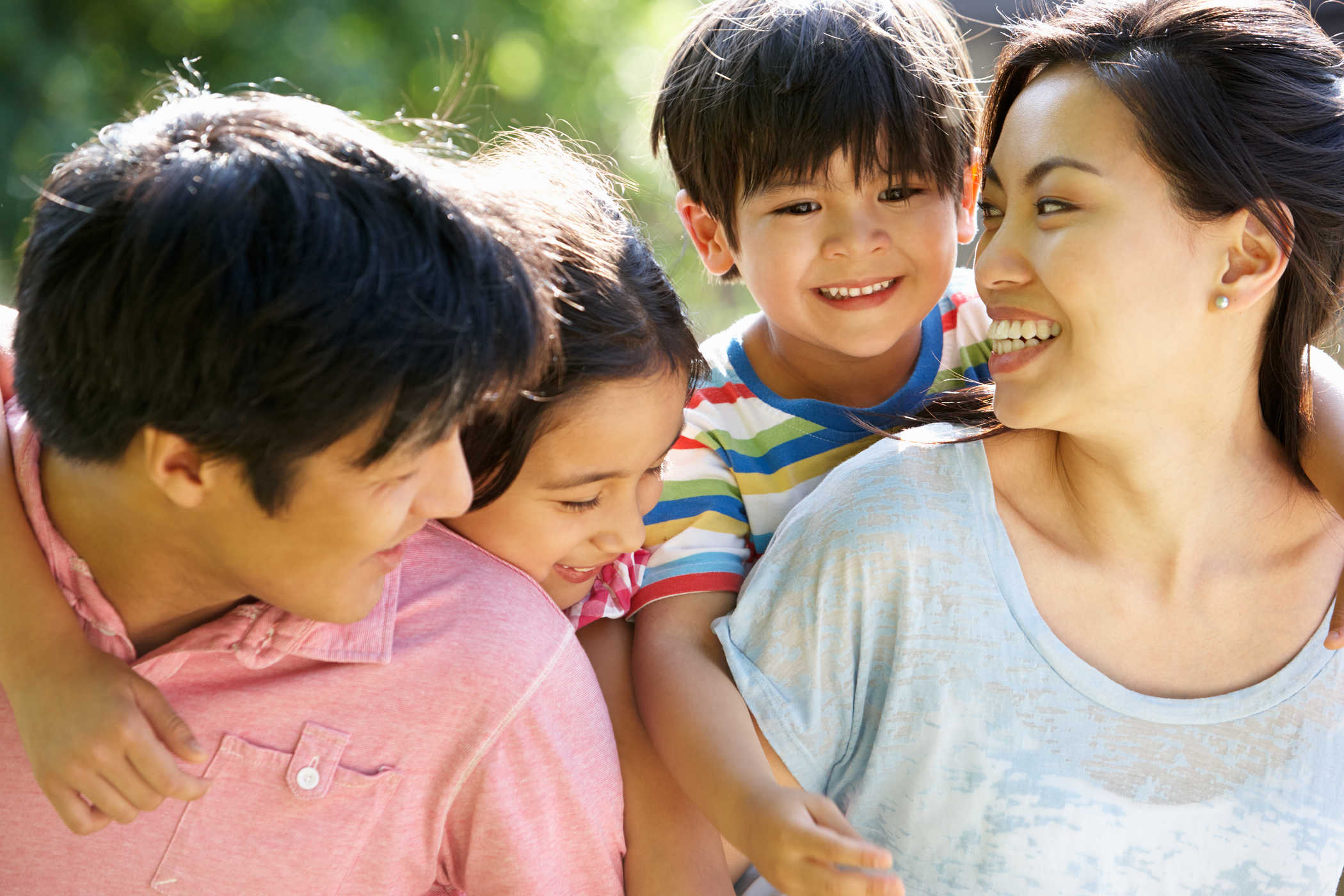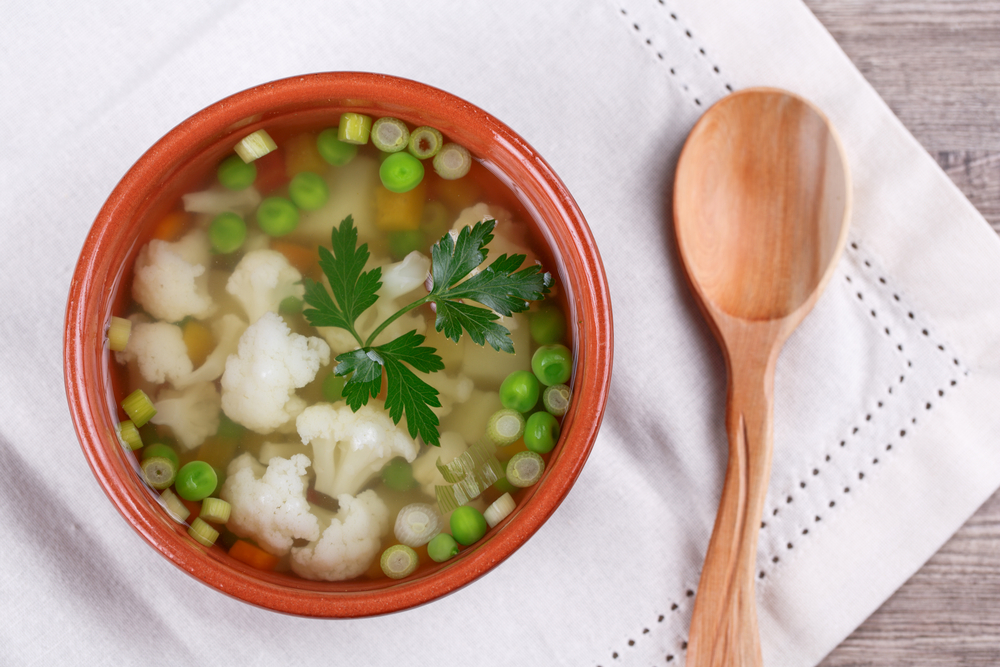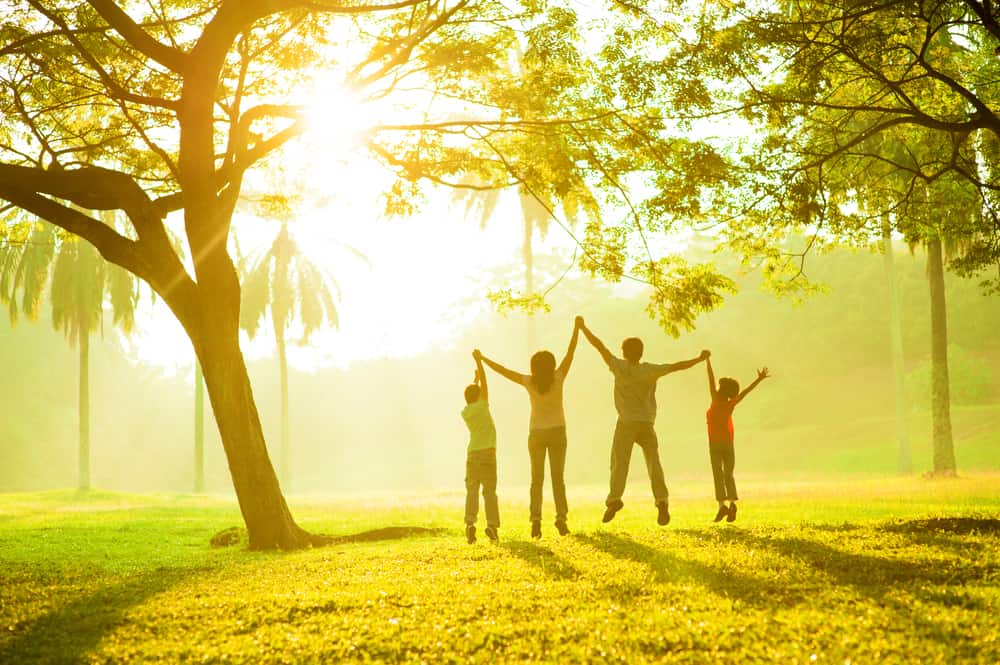Contents:
- Medical Video: Burns: Classification and Treatment
- The danger of burning skin in children
- What are the symptoms of sunburn in children?
- How do you deal with burns in children?
Medical Video: Burns: Classification and Treatment
Did you know that children's skin is still sensitive? For that, children are more likely to experience burning skin while in the hot sun for a long time. Of course, this is not a good thing. Often experiencing burning skin will increase the risk of children experiencing skin cancer. Therefore, as much as possible you should prevent skin burning in children. However, if the child has sunburn, how do you deal with it?
The danger of burning skin in children
Burning skin is a reaction seen in skin exposure due to ultraviolet (UV) radiation from the sun. Ultraviolet light can be absorbed by the skin and cause damage to the skin. Children can easily experience burning skin because their skin is still sensitive. In addition, also because children spend more time outdoors to play.
Burnt skin is not a small or ordinary thing. This needs further treatment because it can cause premature aging of the skin and can also cause skin cancer. Children who have light skin, moles, spotted skin, and sunburn, or who have a family history of skin cancer have a greater risk of developing skin cancer later on.
What are the symptoms of sunburn in children?
Burning skin in children may not be immediately visible. This skin reaction to sunlight usually starts to appear after several hours of excessive sunlight. This will get worse around 24-48 hours later.
Burns in children have common symptoms, such as:
- Reddish skin
- Swelling of the skin
- Pain in the skin
- Dry, itchy and flaking skin
- Cold and hot fever
- Dizzy
How do you deal with burns in children?
Burning skin in children can be a serious problem if left unchecked. For that, you as a parent must immediately handle it properly. You can do this to treat burns in children:
- Drink plenty of water. If the baby is still breastfed, you can only give ASI. However, if the baby is older, you can give formula milk and water. Water can help skin heal faster and can also replace body fluids lost due to sunlight.
- Compress the skin with cold water. Place the cloth soaked in cold water on the sunburned area of the skin. Compress for 10-15 minutes several times a day.
- Cold shower. This method can help to calm children. You can add baking soda or oatmeal-based ingredients to bathe children. Do not rub the child's skin.
- Apply moisturizer to the child's skin. Such as alcohol-based water-based moisturizers, aloe vera gel, or hydrocortisone cream. This helps to relieve itching. Children will feel more itchy when burning skin starts to peel.
- Give medication to children. Acetaminophen or ibuprofen can help ease a child's pain. However, before giving children medicine, you should consult with your doctor first. Drugs like ibuprofen are not recommended for children under 6 months.
- Wear comfortable kids clothes. Give children clothes that are loose and do not irritate the skin. Also choose clothes from cotton for children. This material can absorb sweat and is more comfortable to wear by children. If the child goes outside during the day, try to cover all the parts of his skin with clothes. Wear children long sleeve clothes, trousers, hats and glasses.
- Take care of the child's skin until the burn heals completely. If a child's burn has not healed, you should limit the child to sun exposure or cover the skin so that it is not exposed to sunlight. It is very easy for a child to experience burning skin again if his current burn has not completely healed. It is better to avoid sunlight at 10:00-16.00 because ultraviolet light at this time is very strong.
Mild skin burns may heal in two to five days. Meanwhile, burning skin at a moderate level can heal for days or even weeks.


